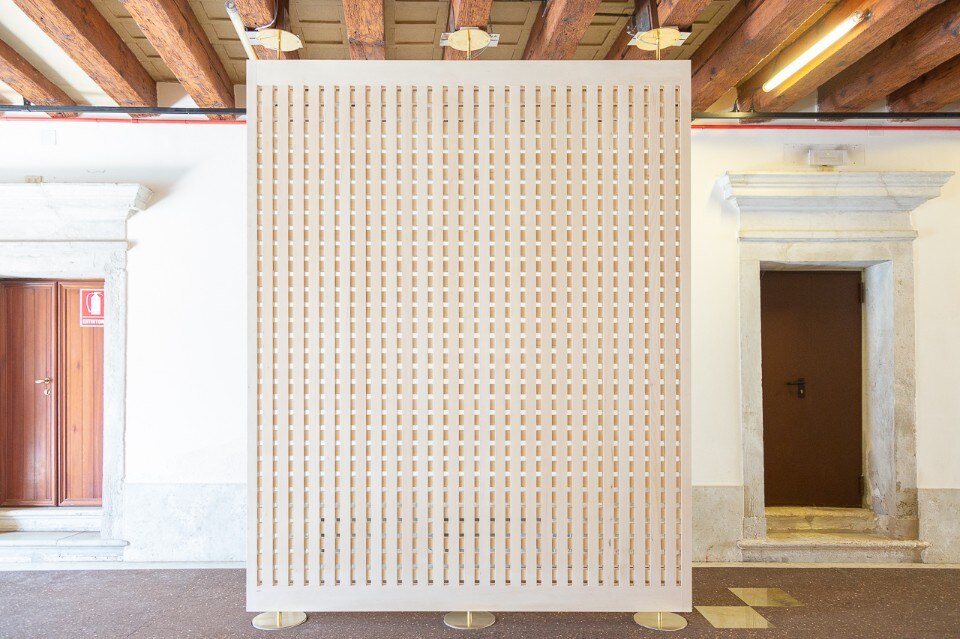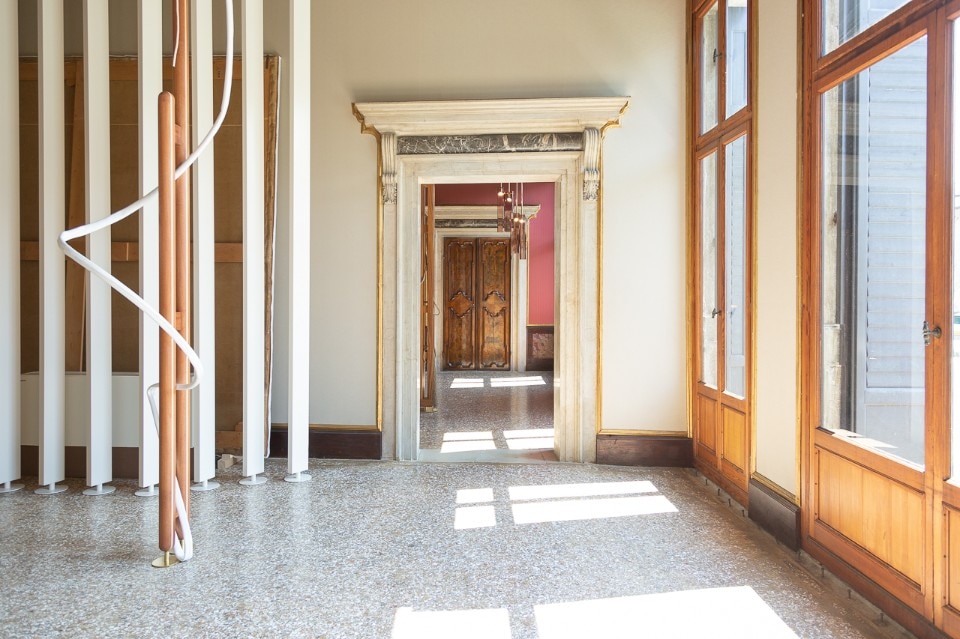Upon crossing the threshold of the space at Palazzo Giustinian Lolin dedicated to the Portuguese Pavilion, 58. Venice Biennale, visitors get the impression of entering a separate location. It hosts a powerfully paced, site-specific installation, composed of a series of abstract, vertical, linear, modular and reiterated elements connecting the ceiling to the floor; other elements, in Murano glass, at times in the shape of chandeliers and lights, hang from above.
Others still, softer and more flexible, sinuously wrap around these and call to mind knots, woven fabric or horse bridles. The brightness of the room that has been skilfully used highlights the physical and aesthetic qualities of the materials and adds an overall sensorial component while helping to create a single sculptural environment.
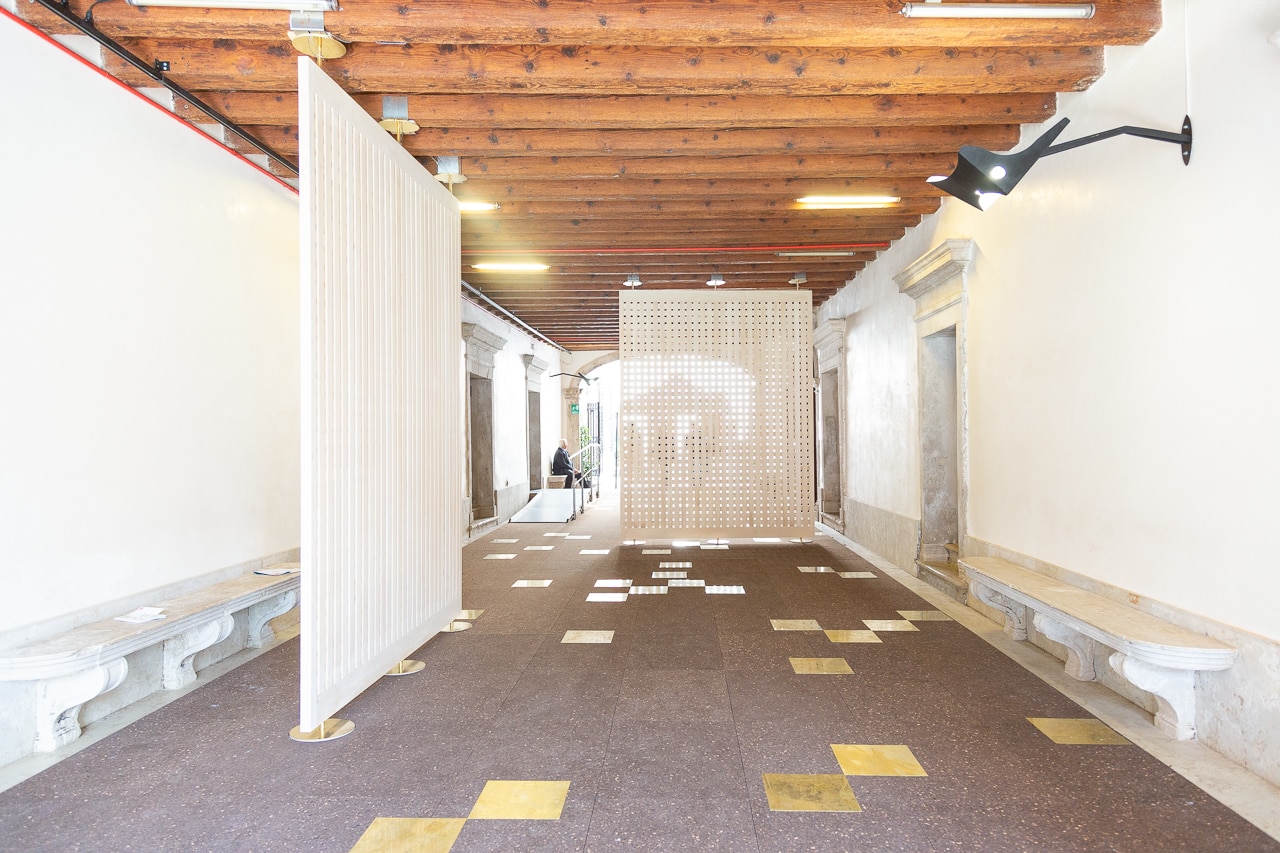
 View gallery
View gallery
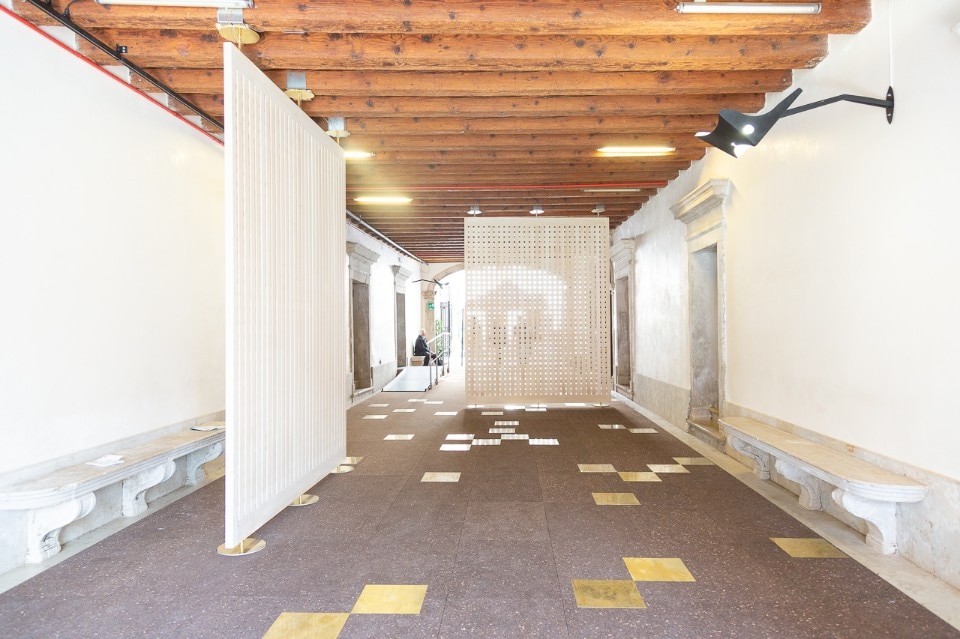
Portuguese Pavilion
“A seam, a surface, a hinge or a knot”. 58th International Art Exhibition - La Biennale di Venezia, May You Live In Interesting Times
Photo Giulia Di Lenarda
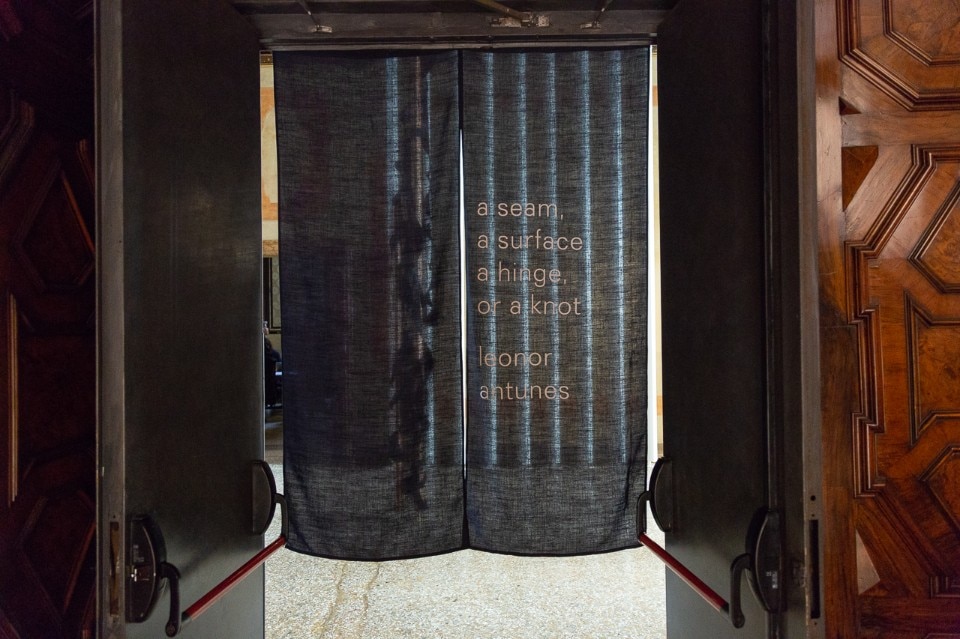
Portuguese Pavilion
“A seam, a surface, a hinge or a knot”. 58th International Art Exhibition - La Biennale di Venezia, May You Live In Interesting Times
Photo Giulia Di Lenarda
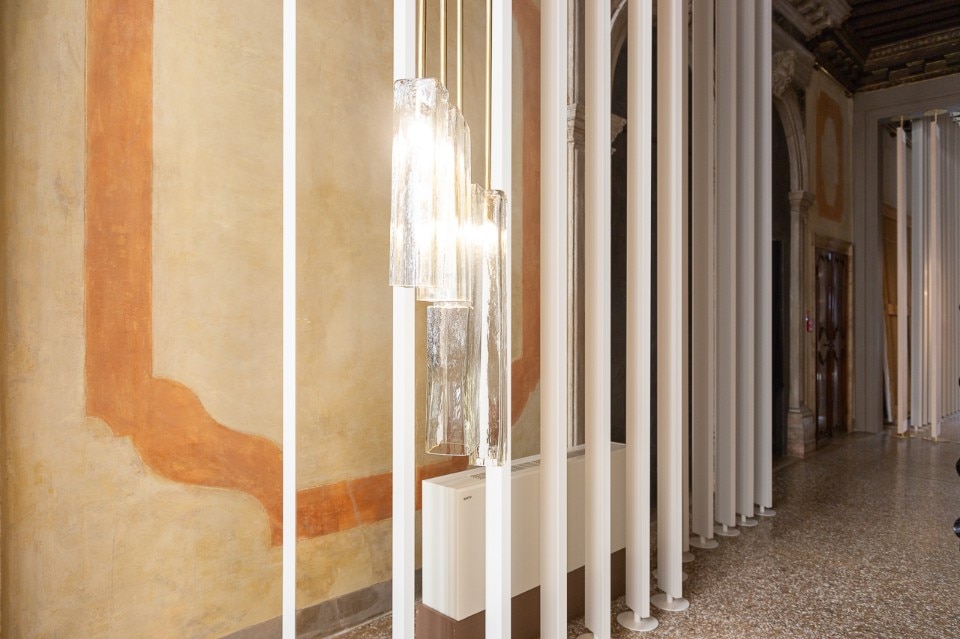
Portuguese Pavilion
“A seam, a surface, a hinge or a knot”. 58th International Art Exhibition - La Biennale di Venezia, May You Live In Interesting Times
Photo Giulia Di Lenarda
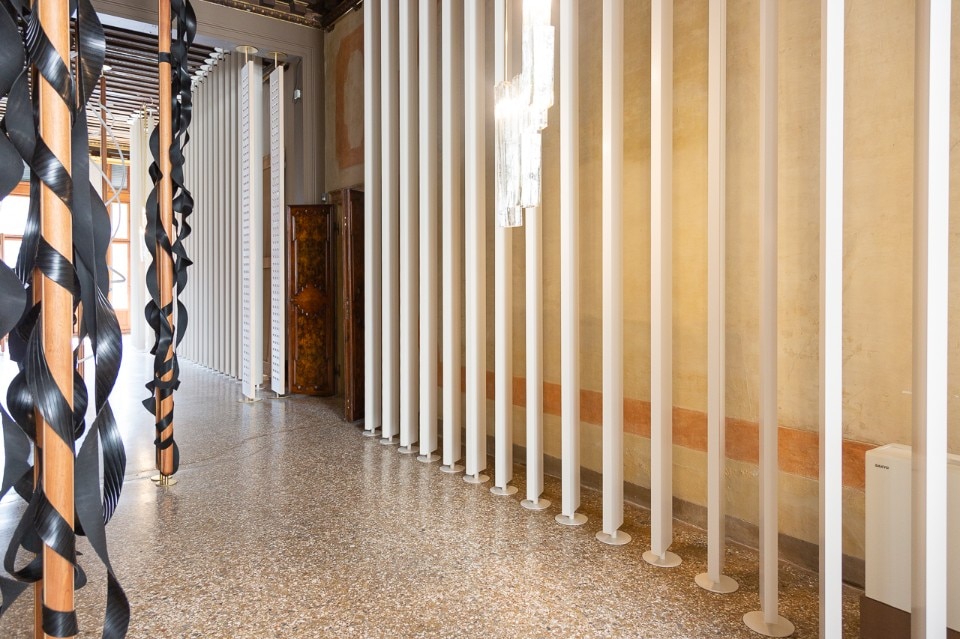
Portuguese Pavilion
“A seam, a surface, a hinge or a knot”. 58th International Art Exhibition - La Biennale di Venezia, May You Live In Interesting Times
Photo Giulia Di Lenarda
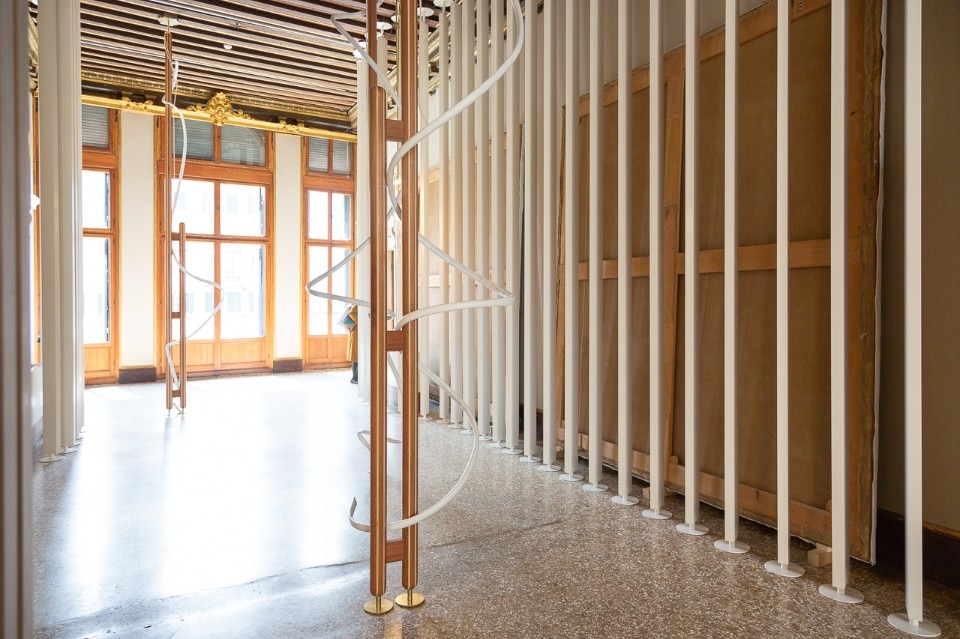
Portuguese Pavilion
“A seam, a surface, a hinge or a knot”. 58th International Art Exhibition - La Biennale di Venezia, May You Live In Interesting Times
Photo Giulia Di Lenarda
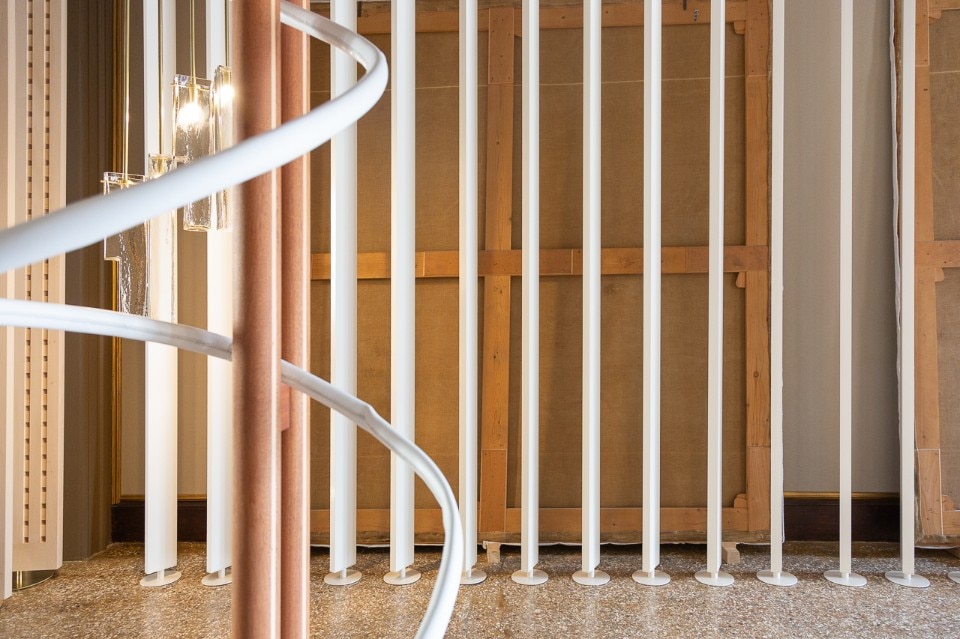
Portuguese Pavilion
“A seam, a surface, a hinge or a knot”. 58th International Art Exhibition - La Biennale di Venezia, May You Live In Interesting Times
Photo Giulia Di Lenarda
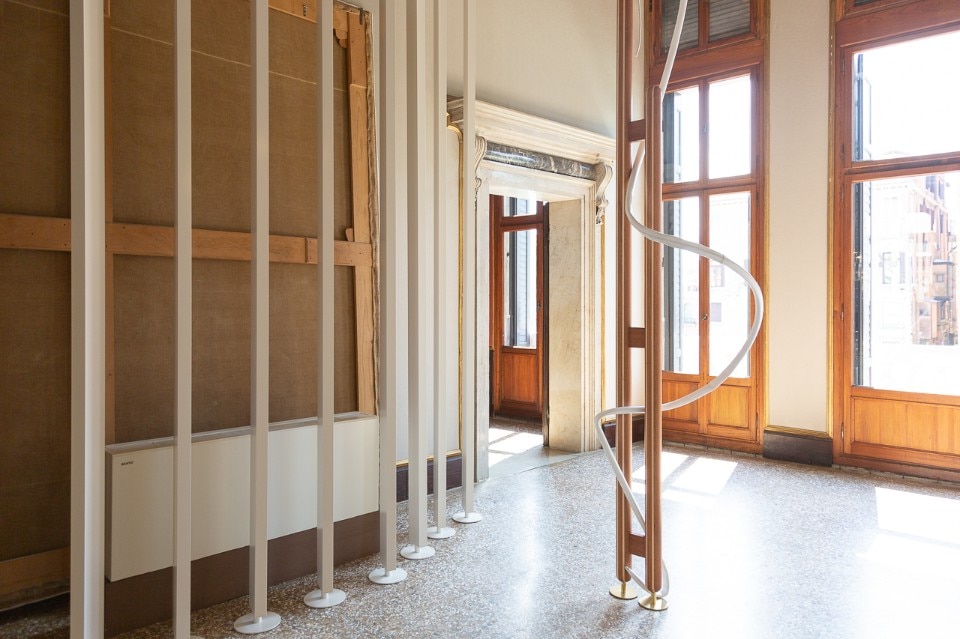
Portuguese Pavilion
“A seam, a surface, a hinge or a knot”. 58th International Art Exhibition - La Biennale di Venezia, May You Live In Interesting Times
Photo Giulia Di Lenarda
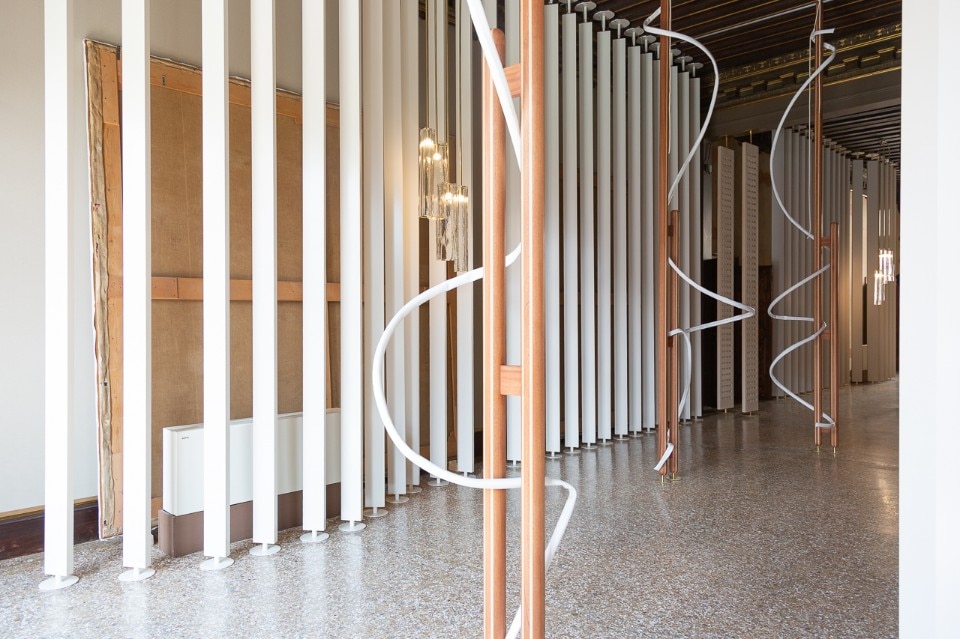
Portuguese Pavilion
“A seam, a surface, a hinge or a knot”. 58th International Art Exhibition - La Biennale di Venezia, May You Live In Interesting Times
Photo Giulia Di Lenarda
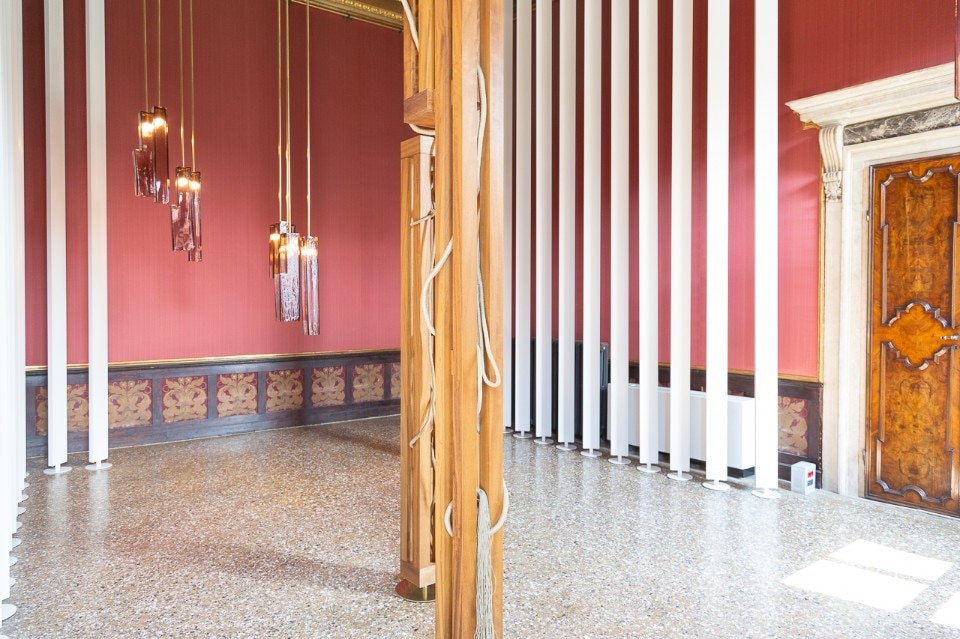
Portuguese Pavilion
“A seam, a surface, a hinge or a knot”. 58th International Art Exhibition - La Biennale di Venezia, May You Live In Interesting Times
Photo Giulia Di Lenarda
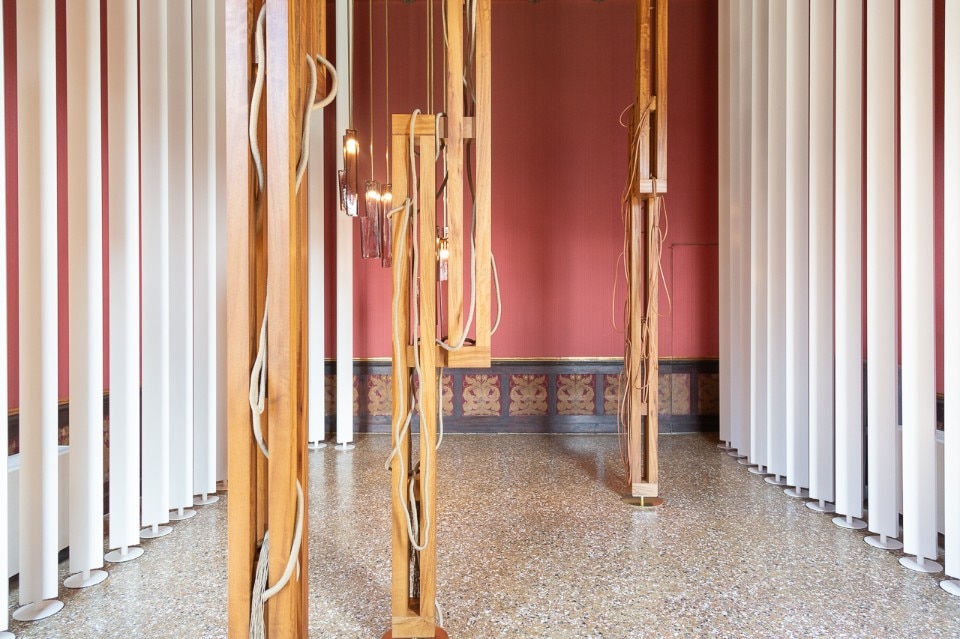
Portuguese Pavilion
“A seam, a surface, a hinge or a knot”. 58th International Art Exhibition - La Biennale di Venezia, May You Live In Interesting Times
Photo Giulia Di Lenarda
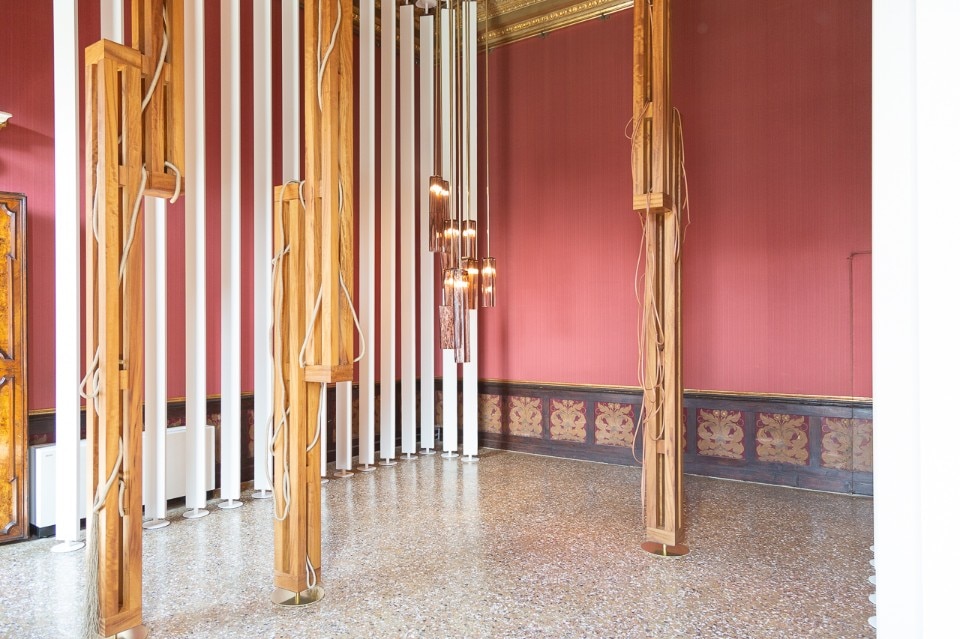
Portuguese Pavilion
“A seam, a surface, a hinge or a knot”. 58th International Art Exhibition - La Biennale di Venezia, May You Live In Interesting Times
Photo Giulia Di Lenarda
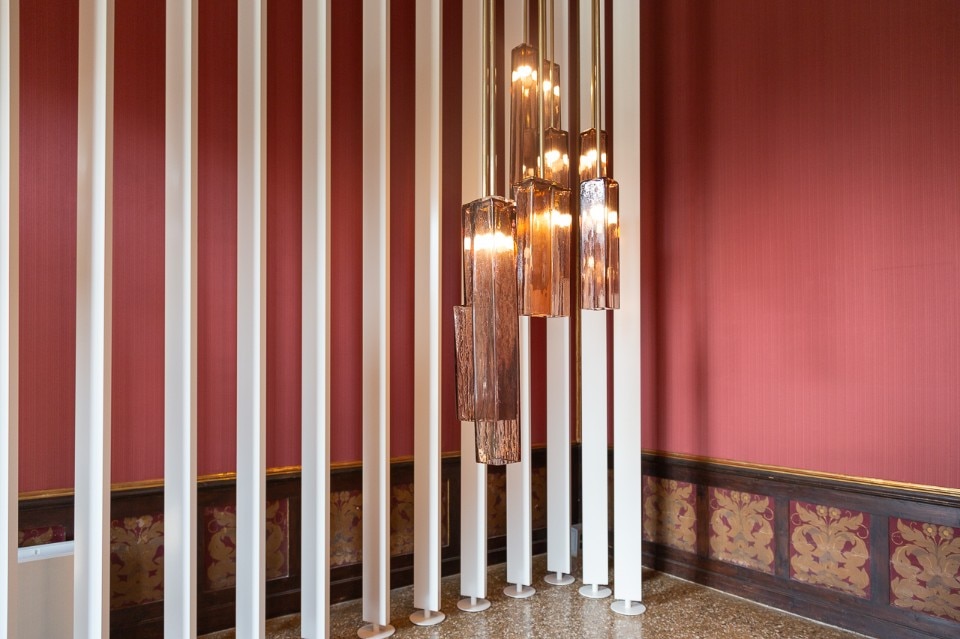
Portuguese Pavilion
“A seam, a surface, a hinge or a knot”. 58th International Art Exhibition - La Biennale di Venezia, May You Live In Interesting Times
Photo Giulia Di Lenarda
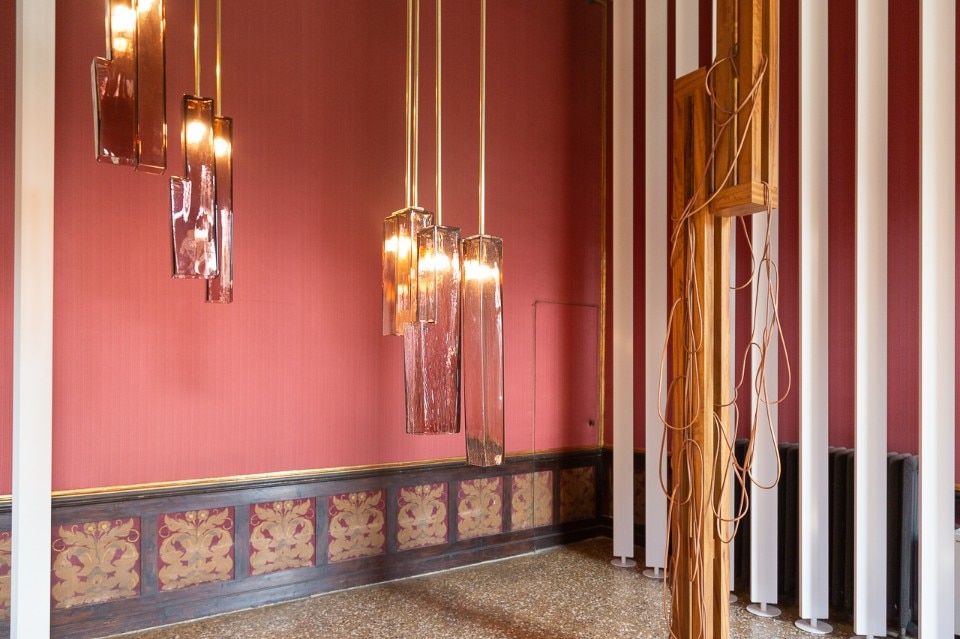
Portuguese Pavilion
“A seam, a surface, a hinge or a knot”. 58th International Art Exhibition - La Biennale di Venezia, May You Live In Interesting Times
Photo Giulia Di Lenarda
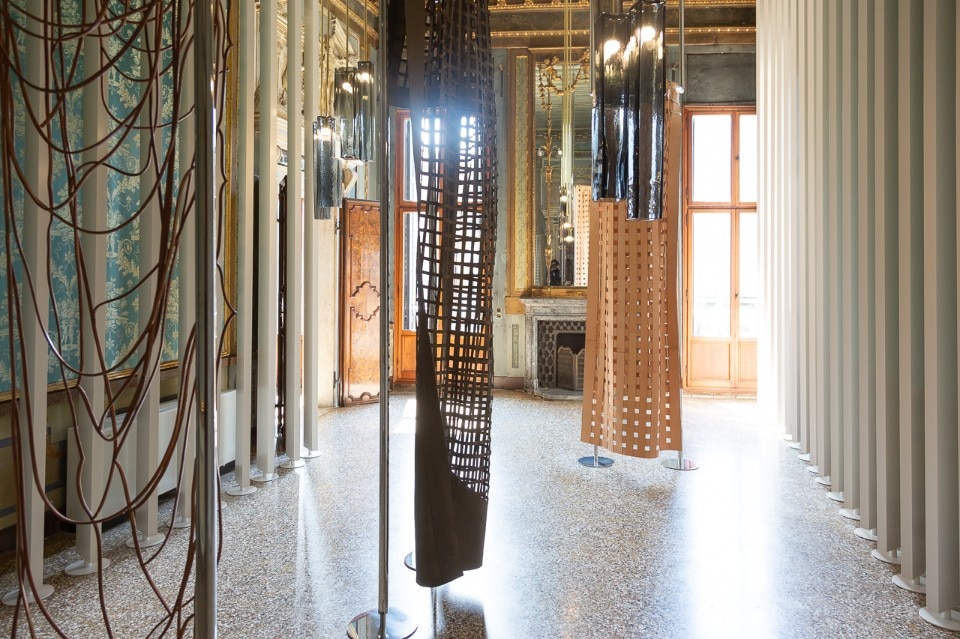
Portuguese Pavilion
“A seam, a surface, a hinge or a knot”. 58th International Art Exhibition - La Biennale di Venezia, May You Live In Interesting Times
Photo Giulia Di Lenarda
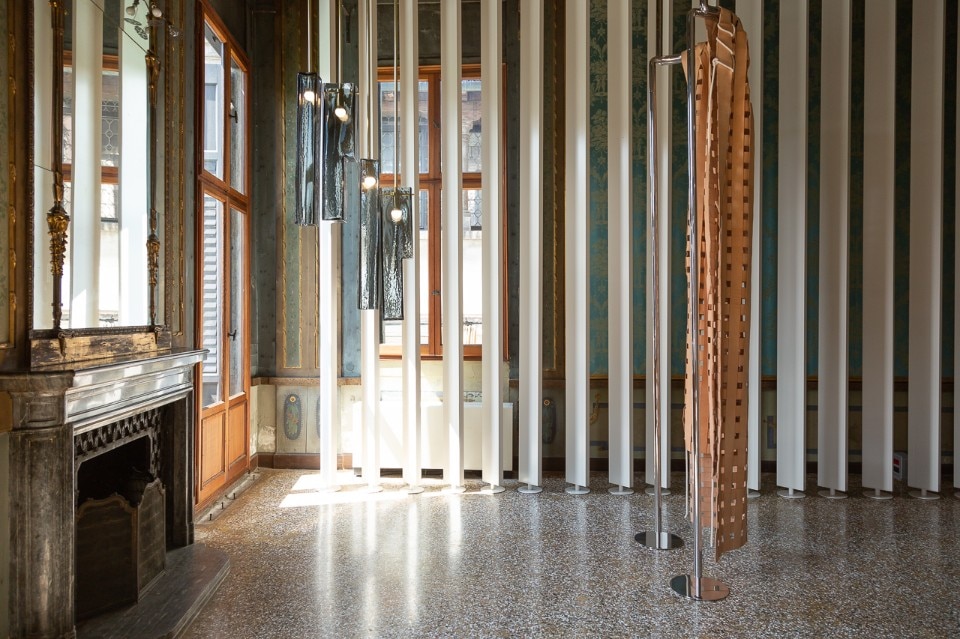
Portuguese Pavilion
“A seam, a surface, a hinge or a knot”. 58th International Art Exhibition - La Biennale di Venezia, May You Live In Interesting Times
Photo Giulia Di Lenarda
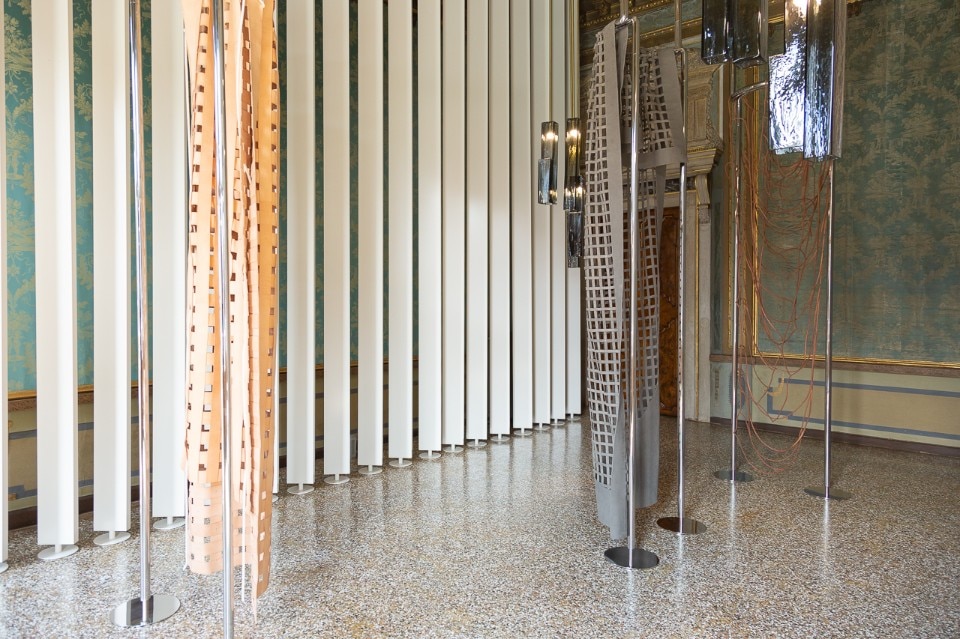
Portuguese Pavilion
“A seam, a surface, a hinge or a knot”. 58th International Art Exhibition - La Biennale di Venezia, May You Live In Interesting Times
Photo Giulia Di Lenarda

Portuguese Pavilion
“A seam, a surface, a hinge or a knot”. 58th International Art Exhibition - La Biennale di Venezia, May You Live In Interesting Times
Photo Giulia Di Lenarda

Portuguese Pavilion
“A seam, a surface, a hinge or a knot”. 58th International Art Exhibition - La Biennale di Venezia, May You Live In Interesting Times
Photo Giulia Di Lenarda

Portuguese Pavilion
“A seam, a surface, a hinge or a knot”. 58th International Art Exhibition - La Biennale di Venezia, May You Live In Interesting Times
Photo Giulia Di Lenarda

Portuguese Pavilion
“A seam, a surface, a hinge or a knot”. 58th International Art Exhibition - La Biennale di Venezia, May You Live In Interesting Times
Photo Giulia Di Lenarda

Portuguese Pavilion
“A seam, a surface, a hinge or a knot”. 58th International Art Exhibition - La Biennale di Venezia, May You Live In Interesting Times
Photo Giulia Di Lenarda

Portuguese Pavilion
“A seam, a surface, a hinge or a knot”. 58th International Art Exhibition - La Biennale di Venezia, May You Live In Interesting Times
Photo Giulia Di Lenarda

Portuguese Pavilion
“A seam, a surface, a hinge or a knot”. 58th International Art Exhibition - La Biennale di Venezia, May You Live In Interesting Times
Photo Giulia Di Lenarda

Portuguese Pavilion
“A seam, a surface, a hinge or a knot”. 58th International Art Exhibition - La Biennale di Venezia, May You Live In Interesting Times
Photo Giulia Di Lenarda

Portuguese Pavilion
“A seam, a surface, a hinge or a knot”. 58th International Art Exhibition - La Biennale di Venezia, May You Live In Interesting Times
Photo Giulia Di Lenarda

Portuguese Pavilion
“A seam, a surface, a hinge or a knot”. 58th International Art Exhibition - La Biennale di Venezia, May You Live In Interesting Times
Photo Giulia Di Lenarda

Portuguese Pavilion
“A seam, a surface, a hinge or a knot”. 58th International Art Exhibition - La Biennale di Venezia, May You Live In Interesting Times
Photo Giulia Di Lenarda

Portuguese Pavilion
“A seam, a surface, a hinge or a knot”. 58th International Art Exhibition - La Biennale di Venezia, May You Live In Interesting Times
Photo Giulia Di Lenarda

Portuguese Pavilion
“A seam, a surface, a hinge or a knot”. 58th International Art Exhibition - La Biennale di Venezia, May You Live In Interesting Times
Photo Giulia Di Lenarda

Portuguese Pavilion
“A seam, a surface, a hinge or a knot”. 58th International Art Exhibition - La Biennale di Venezia, May You Live In Interesting Times
Photo Giulia Di Lenarda

Portuguese Pavilion
“A seam, a surface, a hinge or a knot”. 58th International Art Exhibition - La Biennale di Venezia, May You Live In Interesting Times
Photo Giulia Di Lenarda

Portuguese Pavilion
“A seam, a surface, a hinge or a knot”. 58th International Art Exhibition - La Biennale di Venezia, May You Live In Interesting Times
Photo Giulia Di Lenarda
For years, Leonor Antunes, a Portuguese artist based in Berlin, has interpreted through her sculptures the history of twentieth-century art, design and architecture and, in particular, the Modernist tradition in its most experimental and radical version, with special attention for female figures that have remained on the margins for too long in a male-dominated cultural scene.
Associated with this tribute is an interest in craftsmanship that has always supported great talents. Her work also includes periods of preliminary research in close relation to the historical context in which the work will be installed, an analysis of the physical, construction and aesthetic qualities of the elements upon which she chooses to focus, and the intervention spaces themselves.
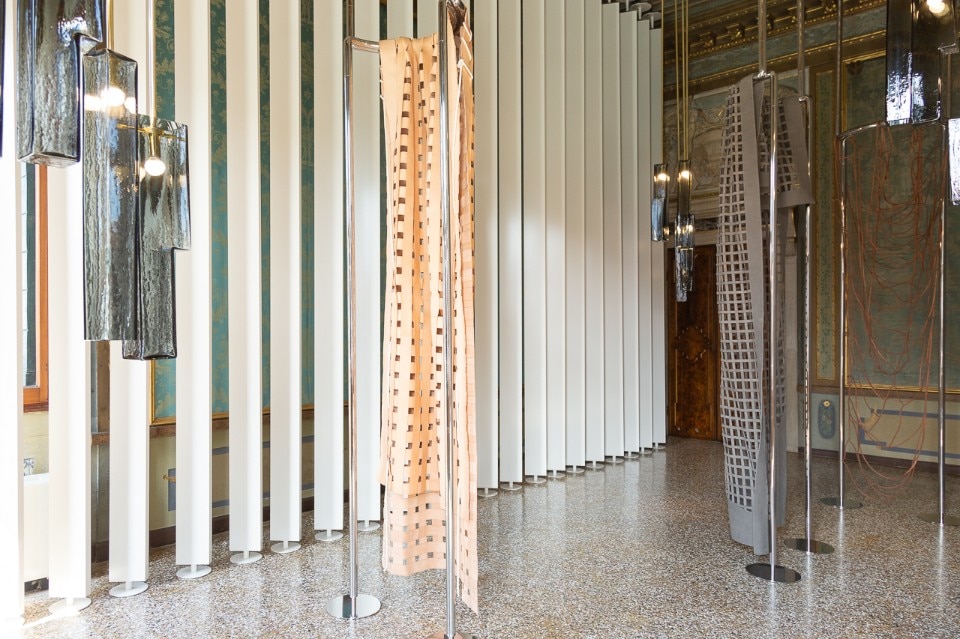
This is the case for the Venice project, A seam, a surface, a hinge or a knot. The works on exhibit are re-interpretations of architectural elements relating to the Modernist tradition of post-war Venice. We find references to pivotal figures, from Franca Helg and Franco Albini – whom the artist has researched for extended periods and recently curated an exhibition for the HangarBicocca in Milan – to the less known Savina Masieri, whose contributions included commissions for Frank Lloyd Wright and Carlo Scarpa, and the architect Egle Renata Trincanato, who was not just the first woman to graduate from the School of Architecture in Venice and author of a pioneering study on popular Venetian buildings from the 13th to 18th century, but also the director of Palazzo Ducale and president of Querini Stampalia.
Naturally, Carlo Scarpa is involved. For the series of abstract sculptures at Palazzo Giustinian Lolin, Antunes collaborated with local artisans who use materials like glass, wood and cork. Deprived of their original function, the Modernist forms she started with now reveal themselves for their value and everlasting effectiveness.
Opening picture: Portuguese Pavilion, “A seam, a surface, a hinge or a knot”. 58th International Art Exhibition - La Biennale di Venezia, "May You Live In Interesting Times”. Photo Giulia Di Lenarda
- Pavilion:
- Portugal
- Artist:
- Leonor Antunes
- Curator:
- João Ribas
- Venue:
- 58th International Art Exhibition - La Biennale di Venezia
- Where:
- Palazzo Giustinian Lolin, San Marco 2893
- When:
- 11 May - 24 November 2019

